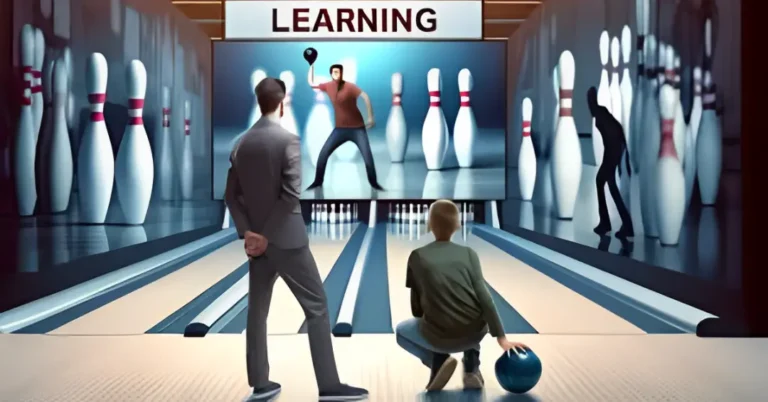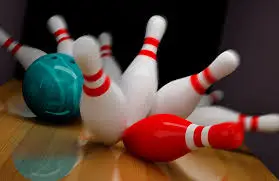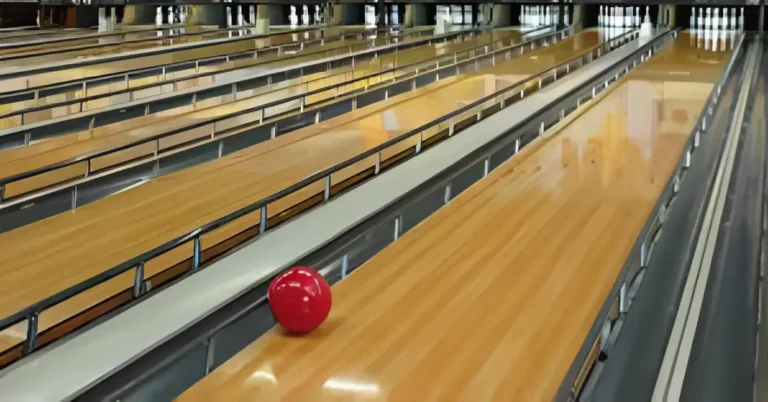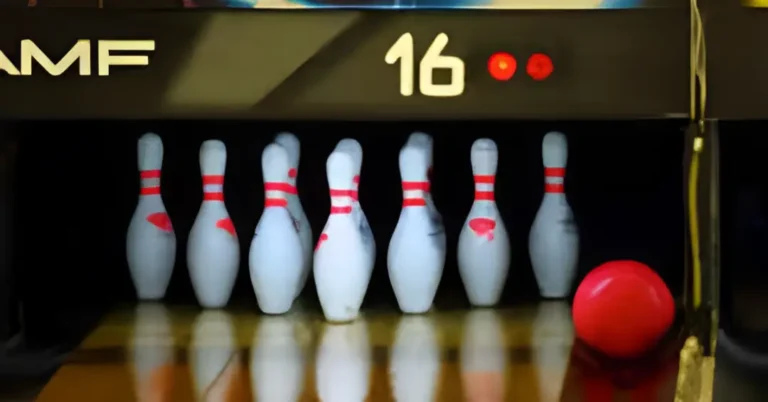Understanding of Ball Return System
When playing ball games, fetching balls constantly slows down the fun. A ball return system solves this by automatically sending balls back to you, keeping the game smooth. These systems work by using gravity or mechanisms to return the ball. They’re helpful because they save time and effort, allowing uninterrupted gameplay. With a ball return system, players can focus more on the game and less on retrieval.
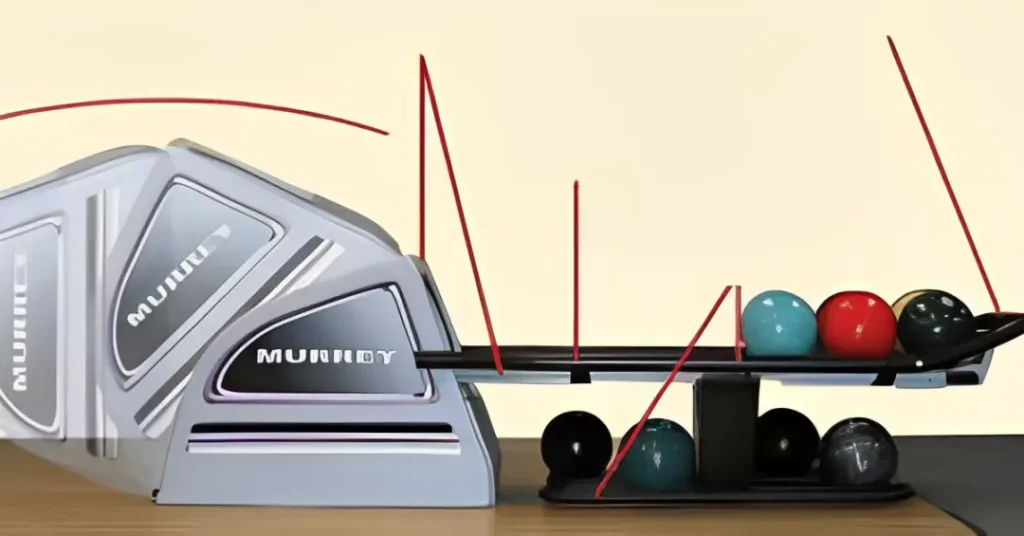
What is a Ball Return System?
A ball return system is a piece of equipment designed to gather balls that have rolled or been hit away and transport them back to the player or designated area. The main parts are:
The balls go into the collection area, then get pushed through the return channel and come out at the other end near the player. This automated process saves time and effort compared to manually retrieving scattered balls one by one.
Common Uses
Ball return systems play a crucial role in various sports and recreational activities where balls frequently get struck, hurled, or propelled away from the player. They ensure smooth gameplay by automatically returning the balls to the players. Here are some examples:
In tennis courts, balls that go past the baselines or sidelines are channeled back through ball returns located underneath the court.
Batting cages forcefully blast balls back toward the pitcher’s mound area after being powerfully smacked by the batter.
Bowling alleys utilize underground passages to return balls from the pin deck to the designated ball return area.
At golf ranges, balls scattered across the range are swept up into netted collection zones and conveyed back via return systems.
Game courts and arcades use air-powered ball return mechanisms to whisk away errant balls from games like skeeball.
The continuous recirculation facilitated by these systems allows for longer, uninterrupted playtime. Players don’t need to pause as frequently to manually retrieve balls.
Types of Ball Return Systems
While the fundamental purpose remains the same, achieving the ball return functionality involves different methods:
Gravity Returns: Balls roll along downward-slanted surfaces or tracks using gravitational force. It’s simple but works only for surfaces with enough pitch.
Conveyor Belt Systems: Balls are loaded onto a conveyor belt, transporting them horizontally or upwards to the receiving area.
Blower Systems: Powerful air blowers create suction, sucking up balls through a ventilated tube back to the start point.
Combination Systems: Multiple methods like blowers and conveyor belts are used for the complete ball return cycle.
The optimal type depends on factors such as ball size/weight, required speed, distance traveled, and layout/terrain of the ball activity area. The type is determined based on these factors.

Benefits of an Automated System
While retrieving a few balls manually may not seem too arduous, the benefits of an automated ball return system become clear in busy, high-volume environments:
Efficiency: It continually gathers and re-circulates balls without pausing for collection.
Safety: It eliminates the need for people to enter playing areas to retrieve balls.
Productivity: It allows more balls to be played per hour by preventing delays.
Cost Savings: It requires less staff labor over the long term compared to manual ball handling.
Improved Flow: It keeps gameplay smooth and uninterrupted for a better experience.
The automated solution provides a long-term advantage over manual ball retrieval methods.
Key Design Considerations: To be effective, a ball return system must be properly designed while keeping some key points in mind:
Durability: It must withstand heavy balls and high speeds/impacts without breaking down.
Capacity: It needs a large enough collection and propulsion capacity to handle rates of play.
Low Maintenance: It should be designed for easy cleaning and clearing of jams/obstructions.
User Safety: It eliminates any potential for human contact with moving parts.
Integration: It should be properly interfaced with surrounding structures and environments.
Cost-Effectiveness: It should provide a good return on investment versus benefits.
Both the components and the overall system integration require careful engineering to ensure optimal ball return performance.
Join a bowling league
Joining a bowling league does more than just provide an opportunity to play the game you love. It immerses you in a vibrant community where fellow enthusiasts share your passion for knocking down pins. Moreover, league nights transform into weekly rituals – times when you catch up with friends, forge new connections, and revel in the camaraderie that pursuing a common interest brings. With each frame, detailed statistics motivate you to hone your skills and drive improvement. Ultimately, the lively atmosphere at the alley fills every visit with laughter, celebration, and an infectious spirit that leaves you eagerly anticipating the next gathering.
Furthermore, active participation in the league fosters a sense of friendly competition with teammates. This competition drives you to practice regularly and refine your techniques. Additionally, the social aspect creates a supportive environment where both novice and experienced bowlers learn from each other. Joining a bowling league offers a unique blend – you pursue athletics while engaging the community and growing personally.
In the end, becoming a league member means much more than just playing games. You join a network of people energized by bowling. You challenge yourself while making friends. The league integrates athletic pursuits with social engagement in a way that enriches lives holistically.
Emerging Trends and Technologies
Active developments in emerging technologies actively shape innovations in ball return system design. For example, computer control enables digital monitoring and automation, leading to smarter ball handling. Furthermore, advancements in energy efficiency drive lower power consumption, thanks to higher-efficiency motors and air movers. Smart sensors play a pivotal role by automatically detecting inbound balls and activating returns. Additionally, mobile integrations enable seamless remote monitoring and control through apps and mobile devices. Customization further enhances adaptability, with modular and customizable designs tailored to specific environments.
Looking ahead, the future of ball return systems will witness continued progress in automated control, smarter routing logic, reduced maintenance requirements, and enhanced energy efficiency. These developments pledge to revolutionize the efficiency and effectiveness of ball return systems across various sports and recreational activities.
In the realm of ball games, automated ball return systems provide a significant advantage. They eliminate the frustration of constantly chasing after balls, offering a seamless and uninterrupted experience. Whether playing tennis, bowling, or enjoying batting cages, these systems ensure a smooth flow, enabling players to focus on the game and maximize enjoyment.

